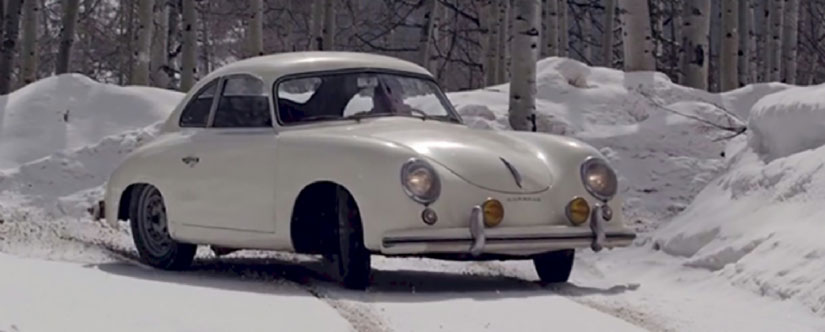Considerations when storing your Classic Car for the winter

Getting your car ready for winter is important to maintain its pristine condition and preventing any problems come springtime. There are several parts of a classic vehicle that need to be given more consideration than your average modern car when you put it away for the winter even if it’s just for a short period. The tips below will serve as a checklist on what to care for when storing your classic car for the winter.
Protecting the Body – Before putting your classic vehicle into storage, it is important that it undergoes a thorough clean inside and out. This may also be a good time to get it car show ready, and perform a good clay bar before the wax. Salts in the accumulated grime can oxidize the body of the vehicle and result in rust if neglected. The car should be fully covered and tucked away in an insulated garage. If your budget doesn’t allow an insulated garage, cover the vehicle and use a carport, which is especially important if you live in high snowfall areas in the north of England.
Top Up your Fuel Tank – Considering that moisture is the natural enemy of a vehicle, it is important to keep the tank full as often as possible. As your vehicle burns fuel, the fuel tank is drained and gasoline is channelled via the fuel lines to the injectors or carburettor (if an older car). When the level in the fuel tank drops gradually, it creates the right conditions for moisture to form on the interior of the tank walls. If you avoid filling the tank regularly, the accumulated moisture will react with the steel inside the tank causing it to oxidise.
If your car still has its original fuel tank, 20 or so years of use might have likely caused sediment to accumulate at the bottom of the tank. If you run the car close to empty, you will not only cause moisture to form in the fuel lines and the tank, but the accumulated sediment will also clog up the lines. This may result in a poor running car that will eventually need a fuel system flush, which should be done before putting it away for the winter.
Freshen it up – Petrol available today is not well formulated nor is it high in octane as compared to the year in which your classic car was built. The structure of petrol molecules can go through significant changes in less than 2 months, causing the petrol and water elements to separate. This can result in old fuel that won’t burn properly and can clog up the injectors, carburettor jets and fuel lines. This issue is amplified when your car is stored away for four to six months over winter periods. One way to circumvent this issue is to fill the tank with fuel before putting it away, and use the highest octane and top it off with a stabilizer.
Remove the Battery – The last thing you need to do it remove the car battery especially if it rather elderly. If you’re storing your vehicle outdoors, it is a good idea to remove the battery and store it indoors so the temperature changes won’t drain it. Even if you’re storing your car indoors, it is a good idea to remove the battery and put in on a trickle charge to prevent it from discharging.
Hopefully, the pointers above will help you take note before storing your classic for the cold months. If you don’t look after your classic car in the winter, unfortunately it is not as simple as making a claim with your classic car insurance company to fix these faults as these mechanical issues will not be covered.
These tips can be used for any car also not just classic cars, many people don’t like to drive in the harsh winter months and take their car off the road – the same rules apply. The above helps to minimise the time and effort to getting your car to run well come the springtime.